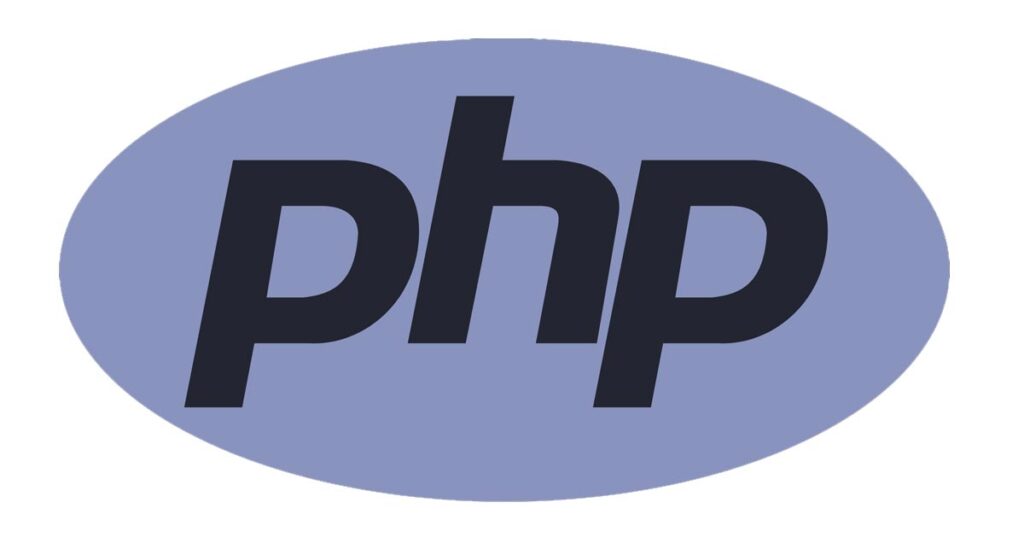PHP, an acronym for “PHP: Hypertext Preprocessor”, is a widely-used, open-source scripting language that has been at the forefront of web development for over two decades. With its ability to embed directly into HTML, PHP has made dynamic web content creation straightforward and efficient. This article aims to provide beginners with a comprehensive guide to kickstart their journey into the world of PHP. By the end of this piece, you’ll have a clear understanding of PHP’s fundamentals, its installation process, basic syntax, and more. We’ll also delve into some advanced topics to ensure you have a well-rounded grasp of this powerful language.
What you’ll learn:
- The history and importance of PHP in the web development landscape.
- Steps to set up a PHP development environment.
- Basic PHP syntax and programming concepts.
- Advanced PHP features and best practices.
- Resources for further learning and exploration.
How to Get Started with PHP
Table of Contents
- Brief History of PHP
- Setting Up a PHP Development Environment
- Basic PHP Syntax
- Advanced PHP Features
- Best Practices in PHP Development
- Frequently Asked Questions
- Final Thoughts
- Sources
Brief History of PHP
PHP began its journey in 1994 when Rasmus Lerdorf initially created it for tracking visits to his online resume. Since then, it has evolved into a full-fledged programming language, powering major websites like Facebook and Wikipedia. Its continuous development and vast community support have made PHP one of the most popular server-side scripting languages in the world.
Setting Up a PHP Development Environment
To start with PHP, you need a development environment. Here are the steps:
- Download and Install a Web Server: PHP requires a web server to run. Popular choices include Apache and Nginx.
- Install PHP: Download the latest version of PHP from the official website and follow the installation instructions.
- Configure Your Web Server: Ensure your web server is configured to handle PHP files. This usually involves linking the server software to the PHP interpreter.
- Test Your Setup: Create a file named
test.phpand add the following code:<?php echo "Hello, World!"; ?>. Navigate tohttp://localhost/test.phpin your web browser. If you see “Hello, World!”, your setup is successful.
Basic PHP Syntax
PHP scripts start with <?php and end with ?>. Here’s a basic overview:
- Variables: Start with a
$sign, followed by the variable name. E.g.,$variable_name. - Data Types: PHP supports several data types, including strings, integers, floats, arrays, and objects.
- Control Structures: These include
if,else,while, andforloops. - Functions: PHP has built-in functions, and you can also create custom functions.
Advanced PHP Features
As you delve deeper into PHP, you’ll encounter advanced features like:
- Object-Oriented Programming (OOP): PHP supports OOP, allowing you to create classes, objects, and use inheritance.
- Database Integration: PHP seamlessly integrates with databases like MySQL, making data storage and retrieval efficient.
- Error Handling: PHP provides robust error handling mechanisms through try-catch blocks and custom error handlers.
Best Practices in PHP Development
- Always Validate User Input: This prevents security vulnerabilities like SQL injection.
- Use Prepared Statements: When working with databases, prepared statements ensure data safety.
- Keep PHP Updated: Always use the latest version of PHP to benefit from security patches and new features.
Frequently Asked Questions
Final Thoughts
PHP has stood the test of time, proving its resilience and adaptability in the ever-evolving web development landscape. Its ease of use, combined with powerful features, makes it an excellent choice for both beginners and seasoned developers. The most crucial takeaway from this article is the importance of continuous learning. As with any technology, staying updated with the latest trends, best practices, and community discussions will ensure you harness PHP’s full potential.
Sources
I write for and assist as the editor-in-chief here on Host Screamer. I’m a digital entrepreneur since 1992. Always Keep Learning! Notice: All content is published for educational and entertainment purposes only. NOT LIFE, HEALTH, SURVIVAL, FINANCIAL, BUSINESS, LEGAL OR ANY OTHER ADVICE. Learn more about Mark Mayo




